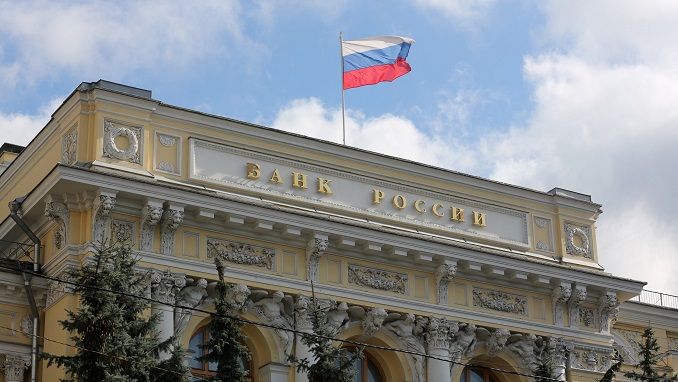Russia’s central bank will create a bad debts bank on the basis of Rost Bank and Trust Bank being bailed out by the Bank of Russia, a source in the financial and economic block of the government told TASS on Monday.
The Bank of Russia introduced temporary administration in Rost Bank and Trust Bank from March 15, with administration functions vested in the Management Company of the Banking Sector Consolidation Fund for smooth operation of customer services and discharge of existing obligations by banks.
Russian banks have been hard hit by the fallout from Western sanctions over Russia’s annexation of Crimea in 2014 and the economic impact of a sharp fall in oil prices on the country’s foreign currency earnings.
The central bank bailed out private banks Otkritie, B&N Bank and Promsvyazbank in 2017 and shut dozens of smaller lenders as part of a broader clean-up of a sector weakened by mounting bad loans and deposit outflows.
By the end of 2017, the central bank had provided more than 1.5 trillion rubles to improve the liquidity and capital of the three banks. Some of that money has been reimbursed but Otkritie has already said it needs more.
The 1 trillion rouble capital injection now under discussion is for Otkritie’s Trust and B&N’s Rost subsidiaries and would come on top of the money already disbursed, a source close to one of the banks said.
This month, Otkritie said Trust and Rost – both burdened by a large amount of toxic loans – were set to be recapitalized soon as a part of a process to merge them into a single entity grouping the bad loans from both lenders.
Two other sources at rival lenders confirmed the central bank was considering providing the additional funds – equivalent to 11 percent of the Russian banking sector’s capital.
The governor of Russia’s central bank, Elvira Nabiullina, is a close ally of President Vladimir Putin.












